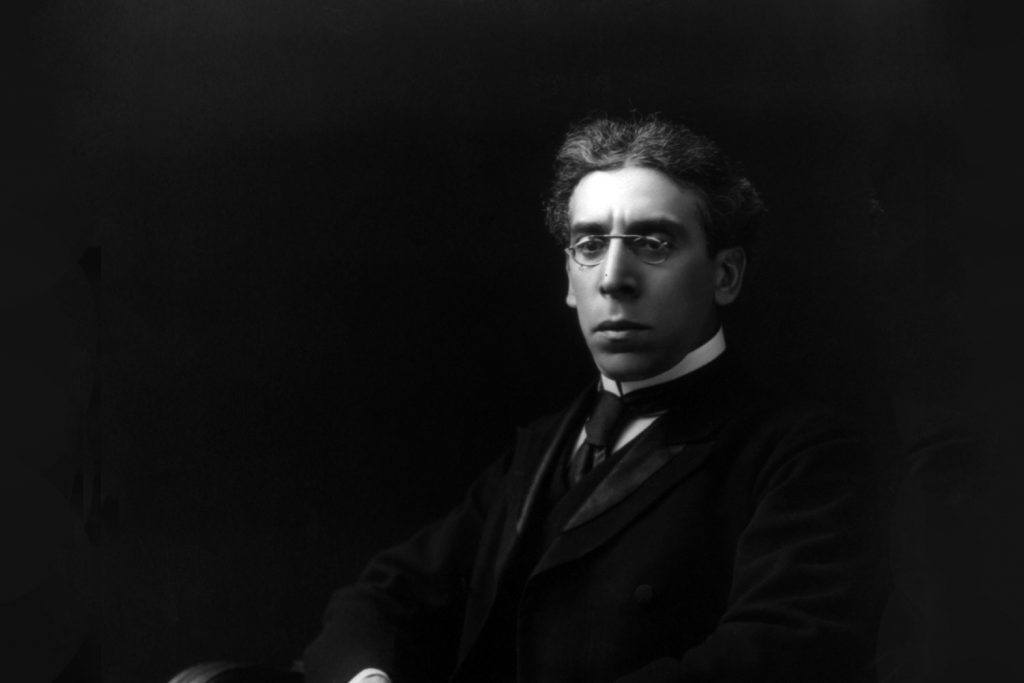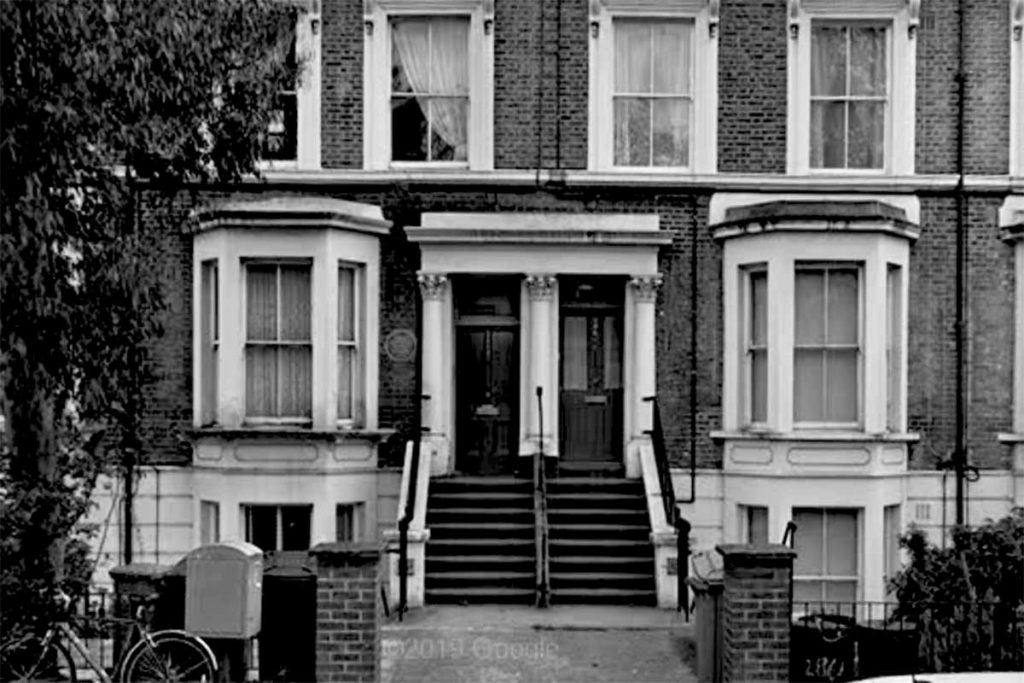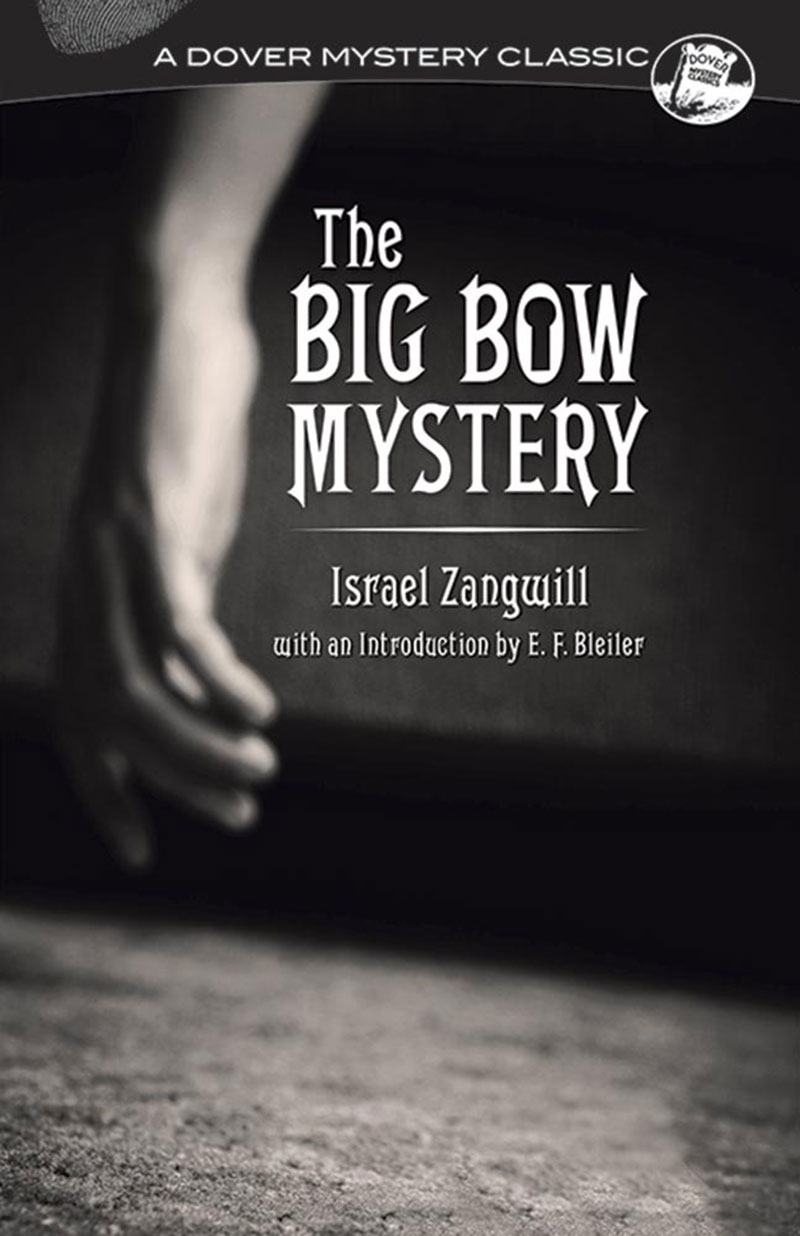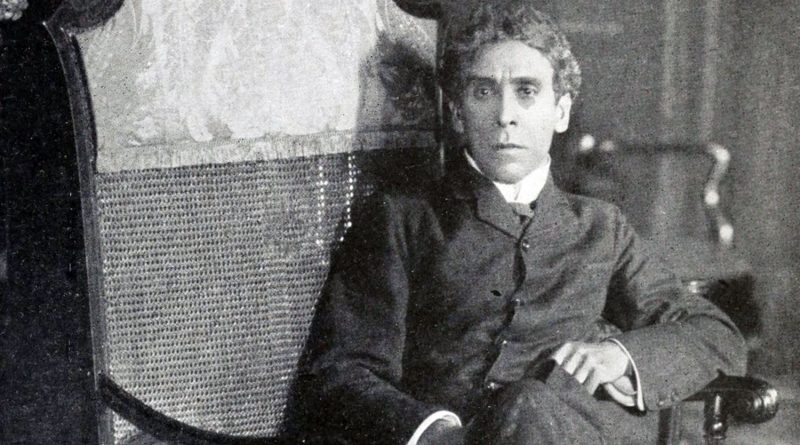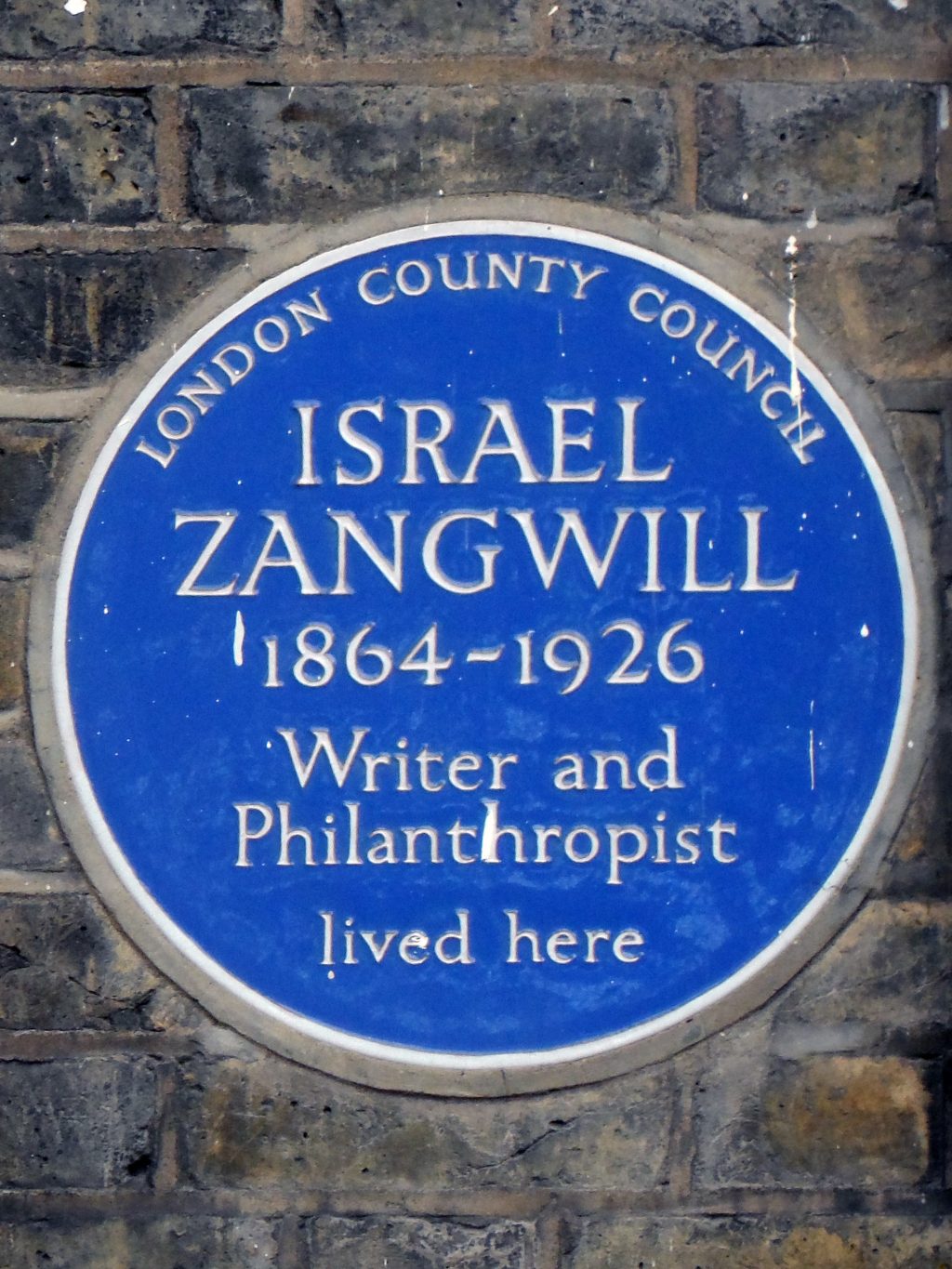Israel Zangwill: Jewish East End writer and ‘Dickens of the Ghetto’
Israel Zangwill is perhaps one of the most influential East End historical figures that you have never heard of.
Well known during his own time in the Victorian era, Zangwill was a Zionist thinker and author who became known as the ‘Dickens of the ghetto’ for his unflinching portrayal of Jewishness, poverty and immigration in East London.
Influenced by the diversity around Whitechapel, he is widely credited with coining the term ‘melting pot’ to refer to multicultural communities.
His fascination with migration and Jewishness no doubt came from his own life; Zangwill was born in 1864 in the East End to Polish Jewish immigrants fleeing persecution in their own country.
After spending some of his early years in Plymouth and Bristol, he returned at age 11 to attend the Jews’ Free School in Spitalfields, which is still open today. In fact, one of the school houses is currently named after Zangwill.
He lived at 288 Old Ford Road in one of the tall houses overlooking the Pavilion Cafe on Victoria Park and you can spot a blue plaque commemorating him there today.
His life growing up among the East London Jewish community around Spitalfields can be felt in the pages of his most famous novel, Children of the Ghetto.
‘Into the heart of East London there poured from Russia, from Poland, from Germany, streams of Jewish exiles, refugees, settlers, few as well-to-do as the Jew of the proverb, all but rich in their cheerfulness’, he writes.
The novel chronicles an East London Jewish family who had fled persecution in Europe, and were living in one bedroom in East London. Stories like these earned him the title ‘Dickens of the Ghetto’ by his literary contemporaries.
Zangwill also had detective stories in his repertoire, where he continued to draw on the sights and social dynamics of the East End.
One of his most popular stories, The Big Bow Mystery, is a detective story involving an East London landlady, who finds a tenant murdered in a locked room. Indeed
Indeed, The Big Bow Mystery was one of the first ‘locked room’ mystery novels (now an established sub-category of murder mysteries), and has since been adapted into three Hollywood films in the 20th century. The The Perfect Crime (1928) and The Crime Doctor (1934) were both set in the contemporary United States, while The Verdict (1946) returned the story to the late-Victorian East London setting of the original novel.
So Zangwill may have not been the only Victorian writer to explore themes of poverty (Dickens got there first) but he was renowned in his time for documenting the communities and social realities unique to East London.
The influence of Zangwill’s East End writing still ripples today, whether in Jewish and Zionist philosophy, our literary history, and even the very streets and markets we share with him from over a century ago.
